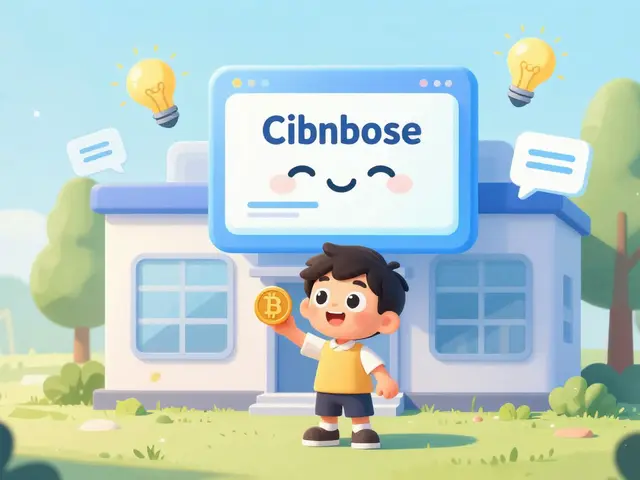Cratos Airdrop – Everything You Need to Know
When you hear Cratos airdrop, a free token distribution from the Cratos blockchain project. Also known as CRTS airdrop, it aims to reward early supporters and grow community participation. This kind of giveaway is popular among new blockchain ecosystems because it jump‑starts network effects without requiring a big marketing spend.
An airdrop, a promotional token giveaway used by many blockchain projects works by scanning on‑chain activity and rewarding eligible addresses. Cratos airdrop follows that model: the protocol looks at wallet activity, staking history, and participation in testnets, then allocates a slice of the total supply to qualifying accounts. In practice, the airdrop includes token distribution to eligible wallets, which is a semantic triple linking the central entity to the distribution process.
Why Tokenomics Matters for the Cratos Airdrop
Understanding the tokenomics, the economic model behind a crypto token is crucial because it determines how many tokens are allocated to the airdrop, vesting schedules, and long‑term value. Tokenomics influences airdrop eligibility and future price, creating a direct link between the project's financial design and the rewards you receive. For Cratos, the total airdrop supply is capped at 10 % of the maximum token count, with a 3‑month linear vesting to prevent price shocks.
The protocol’s blockchain blockchain, the decentralized ledger that records all transactions ensures transparent verification of airdrop claims. Every claim is a publicly auditable transaction, meaning you can check on‑chain data to confirm you’ve received the right amount. This transparency requires a crypto wallet that supports the Cratos network, which is another semantic triple: airdrop → requires → crypto wallet.
Choosing the right crypto wallet, a software or hardware tool that stores private keys is the first practical step. The wallet must be compatible with Cratos’ token standard (usually ERC‑20‑like) and allow you to connect to the project’s claim portal. Hardware wallets add an extra layer of security, while software wallets like MetaMask offer ease of use for newcomers.
Security best practices protect users from fake airdrop scams. Always verify the claim URL on official channels, double‑check contract addresses, and never share your private key. Scammers often mimic official announcements to steal funds, so a solid understanding of the project’s tokenomics and blockchain data helps you spot inconsistencies.
Eligibility criteria vary but typically include: holding a minimum amount of Cratos‑compatible tokens, participating in testnets, or completing KYC if required. The airdrop timeline usually spans a registration window, a snapshot date, and a distribution phase. Missing any of these steps can disqualify you, so keep an eye on official announcements.
By now you should see how the Cratos airdrop ties together airdrop mechanics, tokenomics, blockchain verification, and wallet security. Below you’ll find a curated set of articles that dive deeper into each of these aspects – from step‑by‑step claim guides to detailed tokenomics analysis and security checklists. Use them to maximize your chances of a successful claim and to understand the broader context of crypto airdrops.
Cratos (CRTS) Airdrop Details: How the 2024 Token Giveaway Worked
A deep dive into the 2024 Cratos (CRTS) token airdrop: numbers, eligibility, market impact, and what it means for today’s holders.





